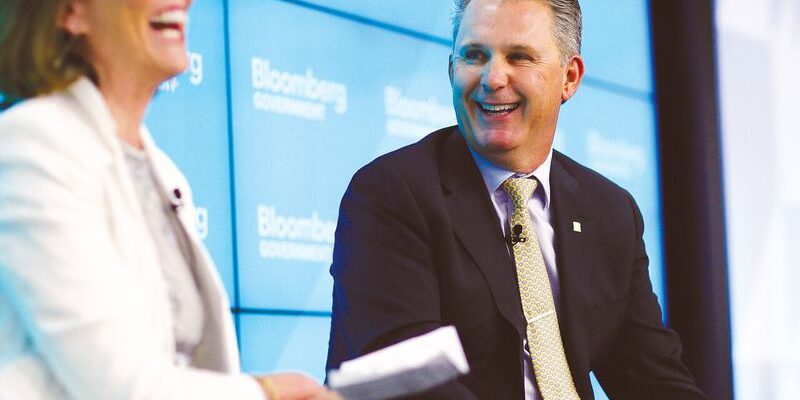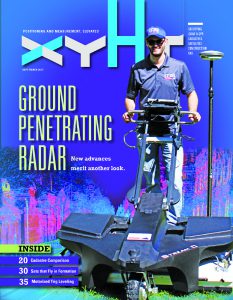Topcon Positioning System’s president and CEO, Ray O’Connor, speaks to xyHt about the U.S.’s infrastructure needs and how to meet them.
Ray O’Connor, president and CEO of Topcon Positioning Systems, has many passions: producing advanced measurement and automation equipment and software, family, golf, and the subject of infrastructure—more specifically, the lack of long-term infrastructure planning.
Putting decades of rhetorical battles over infrastructure aside (including the mere lip service paid to this critical subject), we examined recent speeches by O’Connor on infrastructure and asked him a few questions of our own.
At the Bloomberg Government NEXT Infrastructure Forum held in Washington, D.C. this past June, O’Connor spoke in a session titled, “Smart Infrastructure and Global Advantage.” To illustrate his views on the current state of infrastructure in the U.S. and globally, O’Connor related personal experiences that have helped shape his views.
“I’m an immigrant, originally from Ireland,” said O’Connor. ”And I had always looked at America as being #1; the #1 country, #1 economy, #1 military, and when I came here in 1983 to me it was the #1 infrastructure in the world.”
“This should be the most non-partisan thing that happens in this country.”
Indeed, the U.S. was at the time wrapping up what is hailed as the single largest infrastructure project in history, the interstate highway system. This was coupled with national electrification, telecommunications, rail, maritime, and energy infrastructure booms in the post-war period. U.S. infrastructure was unparalleled worldwide, but these initiatives were not always sustained.
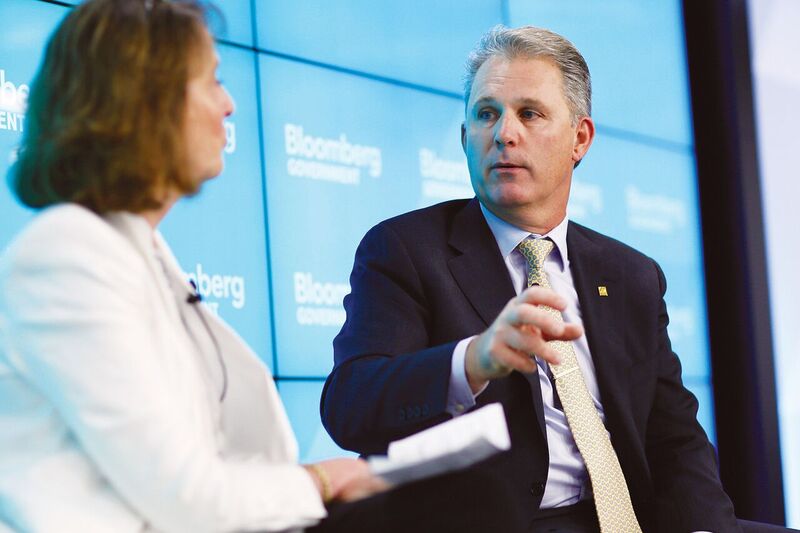
“Today we are rated the 11th in infrastructure in the world,” said O’Connor, “and I can tell you that it not only impacts our business as part of infrastructure development, but it impacts our ability to do business on a global basis and compete with companies around the world.
“We must mandate a long-term plan, or we have no hope of keeping manufacturing jobs; [they will disappear] if you have no way to easily move goods around the country at a low cost and continue to invest in that infrastructure. We are competing with countries that are continually investing in infrastructure.”
Modern infrastructure investments would represent a whole new value proposition; they could take advantage of automation and project data management efficiencies (e.g. BIM).
O’Connor illustrated this by reflecting on the evolution of Topcon Positioning Systems. “We manufacture the measurement instruments for civil, construction, precision agriculture: exciting stuff. A long time ago we thought that if we make the measurement instruments that connect to the machines, surely we can automate the process and make it go much faster and much simpler.”
O’Connor offered a present-day example just how advanced the solutions have become. “On the way to today’s event from Dulles [airport], there is a large transportation project going on out there. Consider that those bulldozers are being controlled via satellites 12,000 miles in space, and we’re measuring to less than a centimeter on the face of the Earth. And the machine is controlled so the operator doesn’t have to have the skillset to touch bluetops as we call them, or stakes. The machine is matching the exact [digital] design that is put on the machine.”
The drivers for automation in construction are the same that have revolutionized precision agriculture. O’Connor said, “Contractors and farmers have a mandate—to be productive and make money—and the fundamental problem we have with infrastructure is there is no mandate and there is no long-term plan.
“We are doing it in a cycle; we’ve turned into a band-aiding society of fixing things when they are broken, which is so much more expensive. And you can’t invest in the smart infrastructure of the future because you are not building it as an entire network.”
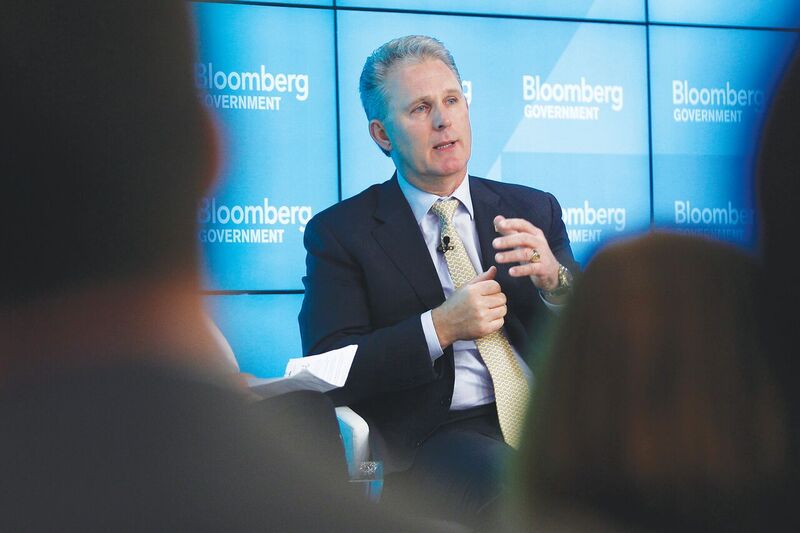
What could be different if a long-term plan were implemented in the present day compared to the massive investments of the past century? Said O’Connor, “Even ten years ago we did not have this level of automation, and there is a tremendous amount of smart technology that could be integrated into infrastructure, if it were done as full networks.
“Other smart technology is not being integrated; we could include things like solar cells on the highway pavement, embedded sensors to communicate data back for traffic management, for flow systems—you can’t embed those if you do not invest in the entire network, if you do not have long-term plan.”
Being based in California, O’Connor keeps a close eye on developments in autonomous vehicles. He said, “Those cars, with the many sensors they need to navigate and avoid hazards and other vehicles, those sensors can help improve the management of the infrastructure.
“For instance, they can measure precisely the location of potholes, the signs and guardrails that need repair, because those vehicles see everything; you are going to see a tremendous use of that technology and the data it yields. This will allow us to do a better job of managing our highways.” We asked how well the adoption of automation is doing in, for example, some of the 10 counties rated higher for infrastructure. Countries such as Japan have had long-term infrastructure planning since the middle of the last century. Anyone who has traveled in Japan has probably experience the Shinkansen (or “new trunk line”) high-speed trains that serve as a backbone for a network of public and private rail, buses, and roadways that combined can whisk you from nearly any spot in the country to any other in hours, or at most the span of a single day.
O’Connor said, “Japan has mandated the use of intelligent construction technology on 20% of every public works project in 2017 and 100% by 2020.”
Topcon Positioning Systems’ president and CEO weighs in on comprehensive planning, automation, and regaining leadership in infrastructure.
Such initiatives are not limited to Japan, he added. “In the UK, they have the same with building construction (BIM): you are required to use that technology, that obviously reduces waste. And that government says that they have saved, in phase one, between 15-20% in the costs of public works. They expect to save, in phase two, just in 2017, £1.7B using this technology.
“Like Japan, they’ve man- dated the same by 2020: 100% use of such technologies on projects. You’ve got similar things going on in Germany and many other countries.”
But what of the U.S.? O’Connor replied, “No mandated activity like that in the U.S.—zero.”
O’Connor explained that he has heard many people, in industry and government, explain the problem very well, and he says that they get it, and they recognize the benefits of technology that would yield tremendous cost savings for modern infrastructure investments.
The lack of progress towards long-term planning frustrates O’Connor, and he cites the tendency to add too many other considerations into the conversations. “This should be the most non-partisan thing that happens in the country.”
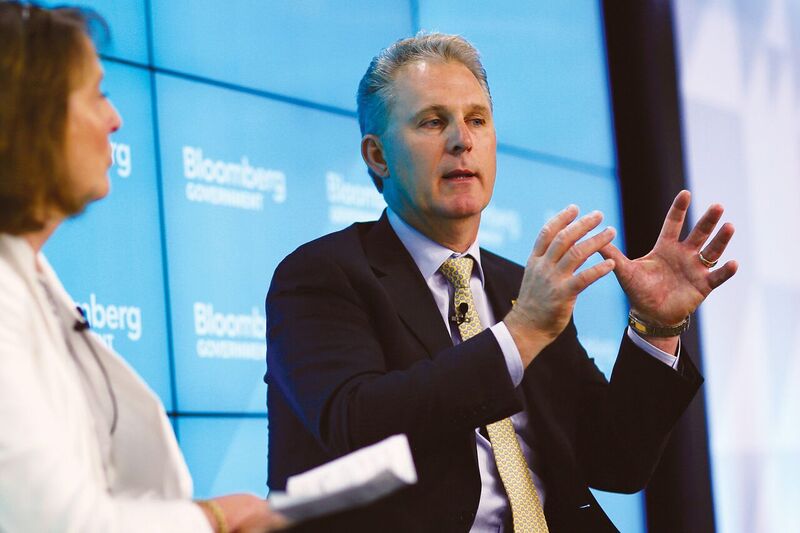
Long-term infrastructure planning can help solve other issues. O’Connor said, “I listen to all of the [statements] about manufacturing jobs. Do you think you will get the [smart phone] manufacturing jobs back to the U.S.? I don’t see it, but, we manufacture roads, buildings, bridges, utilities, waterways, air systems—those are manufacturing jobs that cannot be [exported to other countries]. They get to be done here in the U.S., and they are high-paying manufacturing jobs. People don’t think of it as manufacturing, but that is what we are doing.”
Not implementing the new technologies and management systems also hurts our ability to compete for large infrastructure projects globally. O’Connor said, “Our technologies are being used in every major infrastructure project in the world, and I go to countries like China: they [often] have Japanese contractors doing the work. Why isn’t it [our major construction companies]?
“We do have some major companies doing management projects, but we are not [typically] building the infrastructure. If we are not using the latest and greatest technology, we are not going to be hired to do these massive infrastructure projects in China, in India, in Africa.
“Many of these huge projects are going on without us because we do not have the specific knowledge and experience. The knowledge is growing elsewhere where people continue to invest.
“Infrastructure is not well served by short policy cycles; it is decades, it is centuries—you need a long-term plan.”
To read the rest of the articles in this print issue, click on the issue cover, below.

